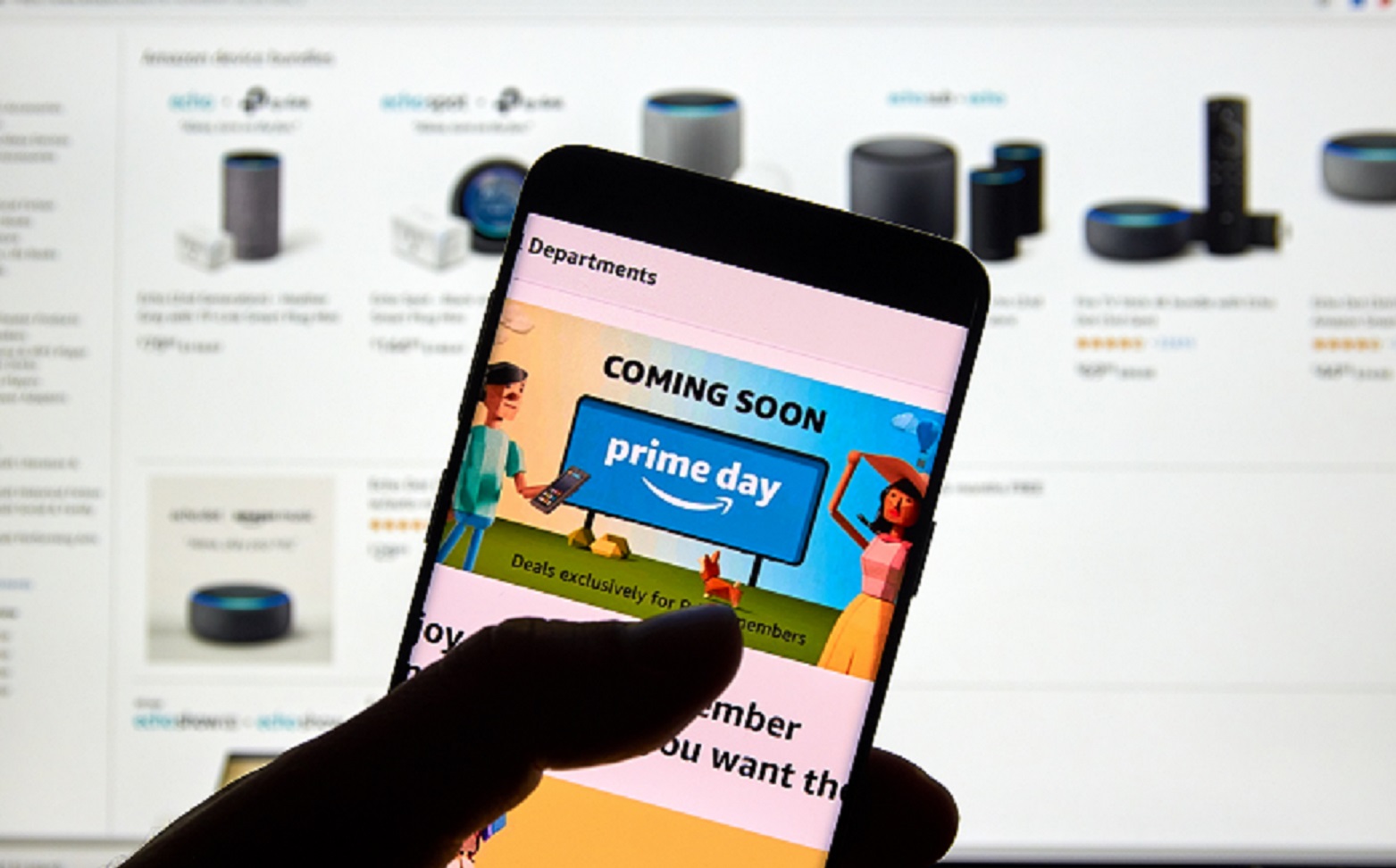The Evolution of Brand VS Performance Marketing

May 31, 2018 | Article written by Carly Morris
Marketers and advertisers often think of brand and performance campaigns as separate entities. They adhere to the notion that brand campaigns are driven by long-term revenue, relationship-based marketing, and creative-driven/storytelling content, while performance campaigns are assumed to be driven by short-term revenue, customer acquisition, and results-driven/direct content.
However, in recent years, marketers’ perceptions have shifted to see brand and performance campaigns as two sides of the same coin.
This shift is mainly due to the evolution from a traditional to a digital-first advertising ecosystem, as well as new advances in performance data and strategic partner relationships. These advancements have enabled marketers and advertisers to create smarter and more effective ads, which combine the creativity of brand-driven campaigns with the results-driven strategy of performance campaigns.
In order to understand why brand and performance marketing are becoming increasingly intertwined, let’s revisit why they were approached differently in the past.
The History of Brand Versus Performance Marketing Campaigns
Before the rise in popularity of digital ads, marketers separated their budgets by branding or performance.
One of the main reasons these two strategies were kept separate was measurement and content. Brands simply didn’t have the tools or the data to track how an ad could both be creative and engaging, while generating monetizable results.
Another reason behind the separation? The mediums by which ads are delivered. Before desktop and mobile ads, TV was king. Marketers were resistant to give up on distributing ads on a platform that reached a massive audience, and where they could easily measure how many eyes they reached.
But now, the latest reports find that digital ad spend will surpass TV ad spend by 14% this year, and 45% by 2020.
Bridging the Gap Between Brand and Performance Marketing
So, what’s changed? Initially, brands struggled with digital ad metrics. TV ads were transparent. They had a time slot, audience, and no bots or scammers to interfere with their data.
With new age digital ads on the other hand, marketers struggled with ad fraud and measuring impressions, trying to determine who actually saw their ad and if it garnered any long-term or short-term results. Did that ad actually build brand affinity? How can you prove an online ad led to more in store foot traffic?
Luckily, with big advancements in data and performance tracking, marketers and advertisers can better analyze their brand and performance campaigns. And, by partnering with full-service integrated companies, like Taptica and Tremor Video DSP, brands are able to manage and measure full 360-degree branding and performance campaigns under one roof, all adding up to one cohesive and complementary story for unprecedented digital marketing impact.
Which leads us to our next point; why joining brand and performance campaigns is a no-brainer.
The Impact of Joint Brand and Performance Marketing Campaigns
Launching a digital ad campaign that incorporates branding and performance strategies can vastly improve your overall impact, and here a just a few examples of how:
● Connect With Your Audience On a New Level
In today’s world, ads can be targeted to a niche audience. This opens the door for brands to craft stories that resonate with a specific group of people while simultaneously driving monetizable results. You don’t have to sacrifice one for the other, but rather curate your approach for the right audience.
● Stronger Messaging
To the same effect, separating how you tell your story and how you drive results also separates your brand. A strong brand story and strong product value will be much more effective when you’re able to craft and advertise them as one.
In a recent eMarketer report, marketers surveyed shared that the top two most popular videos created for social were customer testimonials and product/service overviews. It’s no secret that stories and product value are quickly coming together to engage audiences and deliver results.
● Joining Forces Saves on Budget and Results
Once upon a time, brands saw brand and performance marketing campaigns as two different budgets, executed by one or multiple data and media partners. This was more expensive and it resulted in one campaign always getting the raw end of the deal. Now, both initiatives get equal love at a lower budget.
How to Execute an Impactful Brand and Performance Marketing Campaign
The merging of brand and performance campaigns is evolving with the day-to-day advancements of platforms and data. While this is constantly changing, there are still some best practices that brands should consider when combining brand and performance campaign strategies.
● Join Forces With One Partner
Choose one partner to run your campaign. The benefit of combining budgets and strategies means that one partner can fully understand your brand and goals, and create a holistic approach to your objectives.
● Rely Heavily on Data
Keep measuring branding as branding and performance as performance. It’s important that even as you combine forces, you still assess the unique results that each individual ad generates.
● Clearly Define Your Metrics
To that end, make sure it’s clear which results qualify as branding and which qualify as performance. Take time before your campaign launch to define what results you want to see and optimize accordingly.
Brand and performance marketing is evolving to become an effective pair. But, let’s not forget that this shift toward more measurable outcomes in no way discredits the less tangible results of brand recognition initiatives whose outcomes are measured differently. There’s always a time and place to let these campaigns shine on their own.


